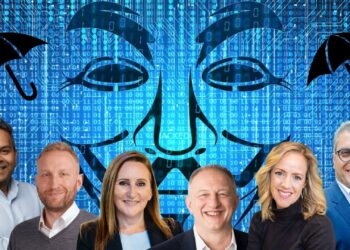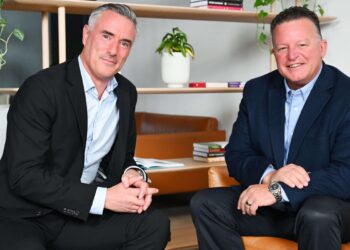“We see enormous potential for generative AI in customer service and content creation”

Commentator: Thomas Fowler, CTO at CloudSmiths
Focus: South Africa-based Salesforce partner with a London office
What generative AI vendors or technologies are you betting on?
We’re particularly keen on Google Cloud Platform (GCP) for its robustness and extensive AI offerings. Salesforce is also high on our list, primarily for its customer relationship management capabilities augmented by AI. OpenAI, specifically GPT-based models, offer tremendous opportunities for natural language understanding. Microsoft’s Azure AI services are also comprehensive, and Meta offers unique social media analytics opportunities. Each of these vendors provides distinct capabilities that align with various facets of our operational needs, and we’ve prioritised them in the order of GCP, Salesforce, OpenAI, Azure, and Meta.
Is generative AI more of an internal or customer-led opportunity for CloudSmiths at this stage?
GenAI currently offers internal and external opportunities for our customers at CloudSmiths. Internally, it facilitates rapid prototyping, automated code generation and a faster, humanised approach to data analysis, which helps us to innovate at an unprecedented pace. GenAI provides transformative solutions for our customers in various sectors, including customer service, data analytics, and business intelligence. It is a versatile tool to create a synergy between our internal operations and customer-focused solutions, offering an unparalleled competitive advantage.
Where do you see the biggest generative AI opportunity when it comes to customers?
In the short term, we see enormous potential for generative AI in customer service and content creation. AI can handle customer interactions efficiently, enabling personalised and rapid responses. It also can churn out high-quality, SEO-optimised content that can drive engagement and conversions. In the medium term, we are looking at automating processes that deal with unstructured data and those that are traditionally human-heavy in the business sphere. This could be particularly transformational for industries such as healthcare, finance, and legal services.
To what extent is the rise of generative AI a threat for jobs in the channel (particularly in areas such as marketing)?
While it’s understandable to harbour concerns about job displacement due to generative AI, our assessment is that the threat level is relatively low, especially in areas like marketing. Instead of supplanting human roles, generative AI can function as a tool that enhances the human element by automating repetitive tasks. Employees are freed up to focus on more strategic, creative endeavours that AI isn’t yet capable of executing.
Moreover, we strongly advocate for a “human-in-the-loop” approach, which posits that AI should act as an assistant rather than a replacement. We can create a more dynamic and effective workforce by combining human intuition and creativity with AI’s computational efficiency. This synergy allows us to capitalise on the strengths of both human intelligence and artificial intelligence, thereby mitigating the risk of job loss while improving overall productivity and effectiveness.
Does generative AI have a sustainability problem, and if so, is there anything IT solutions providers can do to mitigate this?
The energy consumption of running large models is a concern, but advancements in hardware and algorithms are consistently improving efficiency. IT solutions providers can further contribute by optimising data centre operations for sustainability, leveraging renewable energy sources, and encouraging AI research aimed at reducing environmental impact.
Where is MSP Air IT’s CEO placing his genAI bets? See next page for answer…















